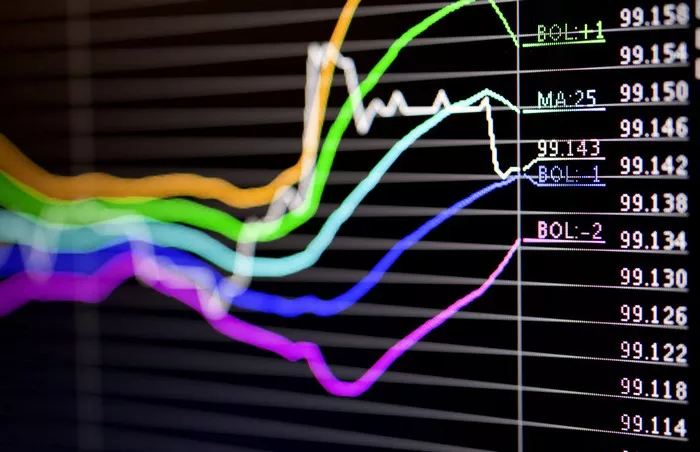As the U.S. presidential election approaches, Chinese lawmakers are convening to approve a fiscal package projected to reach trillions of yuan. However, this initiative may not fully alleviate market concerns. The stakes are high for the upcoming session of the Standing Committee of the National People’s Congress, taking place in Beijing from November 4-8, which is expected to mark China’s most significant growth-boosting effort since the onset of the pandemic. Financial institutions such as Goldman Sachs and HSBC anticipate that the meeting will unveil additional resources aimed at relieving pressure on local governments and recapitalizing major state banks.
Despite these developments, the tight race for the U.S. presidency and Chinese policymakers’ focus on pressing challenges facing the $18 trillion economy suggest that comprehensive plans to bolster consumption may take months to materialize. The next critical policy-setting meetings are scheduled for December and March, which could provide insight into strategies designed to enhance consumer spending—a vital factor in improving overall sentiment.
Nicholas Yeo, head of China equities at abrdn, emphasized the government’s cautious approach, stating, “They don’t want to announce a large figure without the capacity to execute it. The government is very cautious about spending.”
The uncertainty surrounding the timing and specific targets of fiscal support complicates investment decisions for traders who have already faced significant volatility in Chinese markets since a stimulus initiative in September aimed at boosting lending and supporting stock and property markets.
Additionally, the outcome of the U.S. election may compel Beijing to intensify efforts to stimulate domestic demand, particularly in light of Republican nominee Donald Trump’s threats to impose substantial tariffs on Chinese imports if he wins.
Economists from Goldman Sachs, Macquarie Group, and Nomura Holdings predict that lawmakers will approve at least 1 trillion yuan ($140 billion) in special sovereign bond issuance quotas this week to replenish bank capital. They also expect an increase in local government bond sales, either during this session or in the coming months, aimed at swapping so-called hidden debt over several years, with estimates ranging from 6 trillion to 10 trillion yuan.
Nomura projects that the overall fiscal stimulus package could amount to 2% to 3% of China’s gross domestic product annually over the next few years, with the potential for a larger package should Trump win the election.
Herald van der Linde, head of Asia-Pacific equity strategy at HSBC, remarked, “For us, the specific size of the stimulus package is less significant than the focus areas for its deployment. Stabilizing the property sector is crucial for boosting sentiment and growth, and China may prioritize stimulating consumption.”
The capital infusion aims to enhance the ability of state-owned banks to extend credit, aligning with government directives to lend more at reduced interest rates to support the economy. However, this strategy has led to historically low profit margins, limiting banks’ capacity to strengthen capital.
Meanwhile, local governments in China are curtailing spending due to an economic downturn and a prolonged slump in the property market, which has diminished tax revenues and land sale profits. Many local administrations are also hesitant to incur new debt for investments in the face of decreasing returns and ongoing compliance with President Xi Jinping’s measures against hidden liabilities.
The proposed debt swap program seeks to bring local governments’ off-balance-sheet borrowings onto their balance sheets, thereby reducing interest costs and extending repayment timelines. This initiative is expected to free up resources, enabling regions to increase their spending.
Related topics:
Asian Markets Decline Amid Mixed Signals from US Economic Data
Unexpected Expansion in China’s Manufacturing Sector Signals Potential Economic Recovery
Asian Sovereign Bonds Attract Investors Amid U.S. Election Uncertainty


